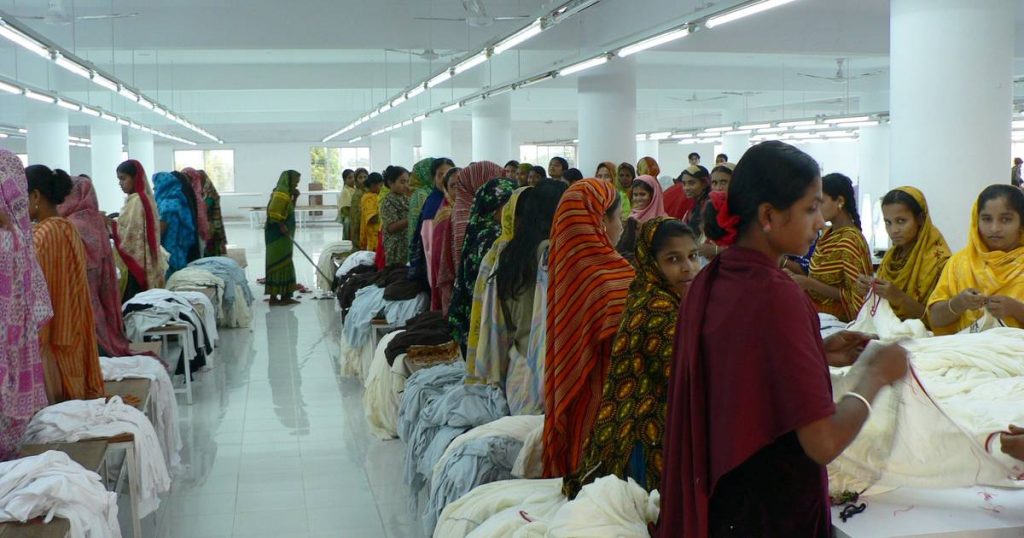Bangladesh's garment industry is facing a twin combination of decreasing global demand and a domestic energy issue that threatens to derail the country's economic recovery.
Bangladesh is the second-largest exporter of clothing in the world after China, but the country's economic recovery is in jeopardy as a result of slowing global demand and a domestic energy issue.

According to its Managing Director, Fazlul Hoque, Plummy Fashions Ltd., a supplier to PVH Corp., the parent company of the clothing line Tommy Hilfiger, and Inditex SA's Zara, reported a 20 per cent decline in new orders in July compared to the same month last year.
"Retailers are either postponing orders or the shipments of finished goods in both the European and US markets," he said in an interview. "We are seriously impacted by the rising inflation in the countries to which we export."
Falling orders risk the economy, where the clothing industry accounts for more than 10% of GDP and employs 4.4 million people. It couldn't be happening to Bangladesh at a worse moment, as officials are turning to productivity-eroding power outages to save fuel supplies amid a widespread energy crisis brought on in part by the conflict in Ukraine.
According to Hoque, a continuous energy supply is essential for on-time product delivery. We are dealing with a variety of issues both at home and abroad.
As a result of the energy crisis, corporate expenses increased. For at least three hours each day, Standard Group Ltd., one of the major exporters that provide goods to H&M Hennes & Mauritz AB and Gap Inc., depends on generators to power its dyeing and washing facilities in the manufacturing hub of Gazipur, which is located outside of Dhaka.
According to Atiqur Rahman, chairman of Standard, "the cost of electricity from generators is three times what we obtain from the national grid because diesel is expensive." "Due to the power outage, we are unable to keep our dyeing and washing machines closed. All the fabrics would be wasted if we did. The attraction of Bangladesh's exports, which are priced in dollars, is being weakened further by the euro's depreciation against the dollar.
According to Renaissance Capital's global chief economist Charlie Robertson, "clothing is a discretionary item." "People will have to cut back on discretionary expenditure, and clothes will be one of those areas," he said, referring to the skyrocketing cost of energy in Europe.
Concern in the country of South Asia's textile sector is similar to orders that were cancelled in the early stages of the epidemic. Before mounting a rebound, clothing exports hit a five-year low of $27.95 billion in the fiscal year ending in June 2020. In the country, exports of clothing increased to a record $42.6 billion in the year that ended in June, making up per cent of all exports.
The reduction in Walmart Inc.'s full-year profit prediction and its promise to lower garment prices are two further worrying indications, according to exporters. In addition, Robertson noted that Sri Lanka's situation has spread throughout the region, making Pakistan's exports "so much cheaper" as a result of the country's depreciating currency. “That adds to pressure on Bangladesh and key export markets like Europe will be buying fewer textiles” as sales growth takes a hit.
The International Monetary Fund has received a loan request from Bangladesh, the latest country in South Asia to do so as the region's dollar reserves are being depleted by more expensive oil.
As of July 13, Bangladesh's foreign exchange reserves were down to $39.79 billion from $45.33 billion a year earlier. That is slightly more than the IMF's advised three-month cover, or about four months' worth of imports. In the fiscal year that concluded in June, the nation's trade imbalance increased to a record $33.3 billion.







